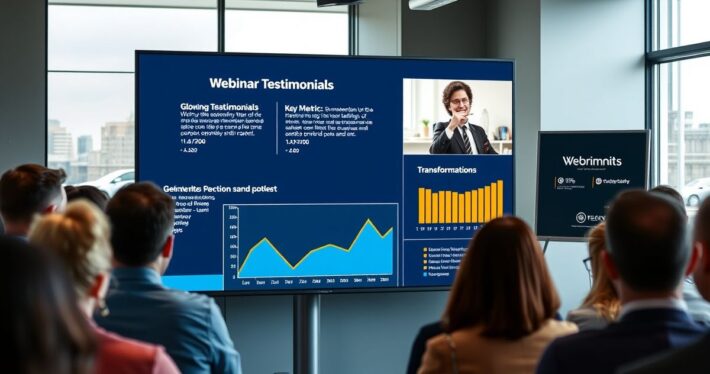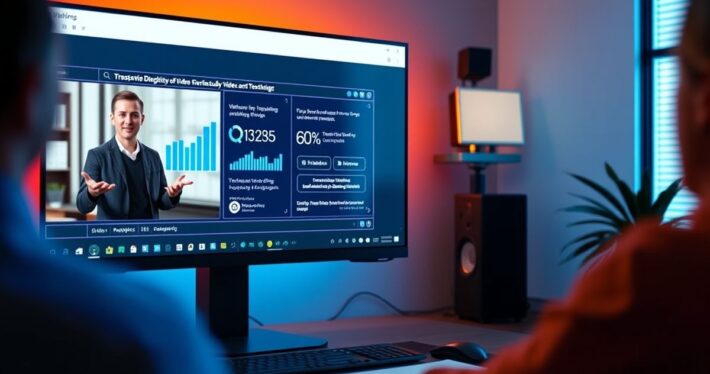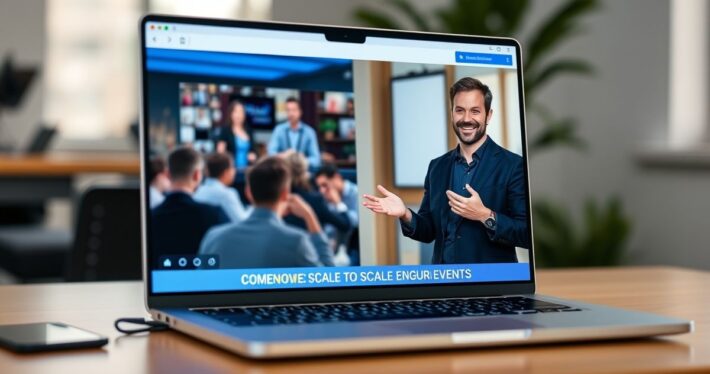Using Case Studies for Webinar Promotion

When it comes to promoting webinars, most marketers default to email sequences, social media posts, or paid ads. But what if I told you there’s an underutilized, highly impactful tool that can skyrocket your attendance and credibility? That tool is case studies. Let’s be honest—people are skeptical. They want proof. And nothing builds trust and anticipation like a well-crafted case study.
Think about it: Would you rather attend a webinar that promises “insights into growing your business” or one that showcases “How [Real Company] increased their revenue by 200% using [Specific Strategy]”? The second option wins every time. Case studies provide tangible evidence of results, making your audience more likely to trust your expertise and invest their time in your webinar.
Now, here’s where it gets interesting. Case studies aren’t just about showcasing success—they’re storytelling gold. They allow you to weave a narrative that resonates with your audience’s pain points, aspirations, and goals. When done right, they can transform your webinar promotion from “just another event” to a must-attend experience.
Why Case Studies Work for Webinar Promotion
Let’s break it down. Case studies are effective because they:
- Build Credibility: They provide real-world proof of your strategies or products.
- Speak to Emotions: They tell a story your audience can relate to.
- Highlight Transformation: They show a before-and-after scenario that’s hard to ignore.
- Provide Social Proof: They demonstrate that others have benefited from your expertise.
For example, let’s say you’re hosting a webinar on digital marketing strategies. Instead of simply saying, “Learn how to boost your ROI,” you could share a case study like this: “When [Small Business A] implemented our email marketing framework, they saw a 300% increase in sales within 90 days. Join our webinar to discover how you can achieve similar results.”
Now, isn’t that more compelling?
How to Use Case Studies in Webinar Promotion
So, how do you actually incorporate case studies into your webinar marketing strategy? Here are five actionable steps:
1. Choose the Right Case Study
Not all case studies are created equal. The best ones align closely with your webinar’s topic and target audience. For instance, if you’re hosting a webinar for SaaS companies, choose a case study that demonstrates successful SaaS growth. If your audience is small business owners, pick a case study that highlights challenges and solutions relevant to them.
2. Extract Key Takeaways
Don’t overwhelm your audience with too much information. Focus on the most impactful results and insights. For example:
- What was the initial problem?
- What solution was implemented?
- What were the measurable outcomes?
These bite-sized nuggets are perfect for promotional materials like email subject lines, social media posts, and landing pages.
3. Create Teaser Content
Turn your case study into teaser content that piques curiosity. Here are a few ideas:
- Email Campaigns: Use subject lines like, “How [Client] increased their revenue by 150%—and how you can too.”
- Social Media Posts: Share a short video or carousel post summarizing the case study’s highlights.
- Landing Pages: Include a testimonial or stat from the case study to build trust.
4. Use Visuals to Enhance Impact
Visual storytelling is powerful. Create infographics, charts, or before-and-after visuals that summarize the case study’s results. For example, a graph showing revenue growth before and after implementing your strategy can grab attention and make your message stick.
5. Integrate Case Studies into Your Webinar Content
Your case study isn’t just a promotional tool—it’s also valuable content for the webinar itself. Use it to:
- Build credibility during the introduction.
- Illustrate key points throughout the presentation.
- Create a “proof and promise” framework in your call-to-action (e.g., “If [Client A] achieved these results, imagine what you can do.”).
Real-World Example: How [Company X] Used a Case Study to Boost Attendance
Let’s look at a real-world example. A B2B software company was hosting a webinar on customer retention strategies. Instead of generic promo materials, they created a case study based on one of their clients, a mid-sized e-commerce business.
They used the following steps:
- Teaser Email: Sent an email with the subject line, “How [E-commerce Brand] reduced customer churn by 40% in 6 months.”
- Social Media Post: Shared a short video testimonial from the client.
- Webinar Landing Page: Included a summary of the case study’s results.
- Webinar Content: Used the case study to illustrate key strategies during the webinar.
The result? A 35% increase in webinar attendance compared to their previous events.
Common Mistakes to Avoid
While case studies are powerful, there are a few pitfalls to watch out for:
- Overloading Information: Keep it concise and focused.
- Lack of Relevance: Ensure the case study aligns with your audience’s needs.
- No Call-to-Action: Always tie the case study back to your webinar’s value proposition.
Actionable Tips for Success
Ready to start using case studies for your next webinar? Here are some final tips:
- Collect Case Studies Consistently: Make it a habit to document success stories from your clients or customers.
- Test Different Formats: Experiment with videos, infographics, and written content to see what resonates most with your audience.
- Track Results: Measure the impact of your case studies on webinar attendance and engagement.
- Repurpose Content: Use the same case study across multiple promotions—emails, blogs, social media, and more.
Final Thoughts
At the end of the day, your audience wants to know two things: Can you help them? And has someone else achieved success with your guidance? Case studies answer both questions brilliantly. They’re not just promotional tools—they’re proof that your expertise delivers real results.
So, the next time you’re planning a webinar, don’t just rely on generic marketing tactics. Use case studies to tell a compelling story, build trust, and drive attendance. After all, if you’ve helped others succeed, why not share that success with the world?



